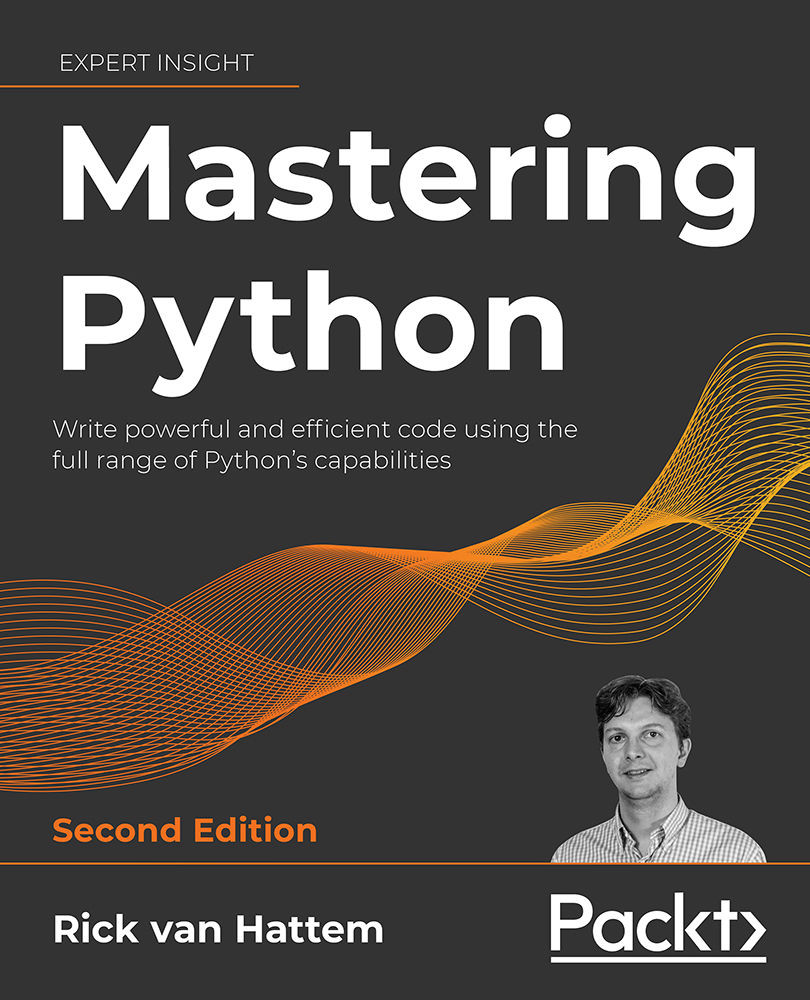In the last chapter, we saw a collection of scientific Python libraries that allow for really fast and easy processing of large data files. In this chapter, we will use some of these and a few others for machine learning.
Machine learning is a complex subject, and many completely distinct subjects within it are entire branches of research by themselves. This should not discourage you from diving in, however; many of the libraries mentioned in this chapter are really powerful and allow you to get started with a very reasonable amount of effort.
It should be noted that there is a huge difference between applying a pre-trained model and generating your own. Applying a model is usually possible in a few lines of code and barely requires any processing power; building your own model usually takes many lines of code and hours or more to process. This makes the training of models outside of the scope of this book in all but the most trivial cases. In these...



 Free Chapter
Free Chapter

